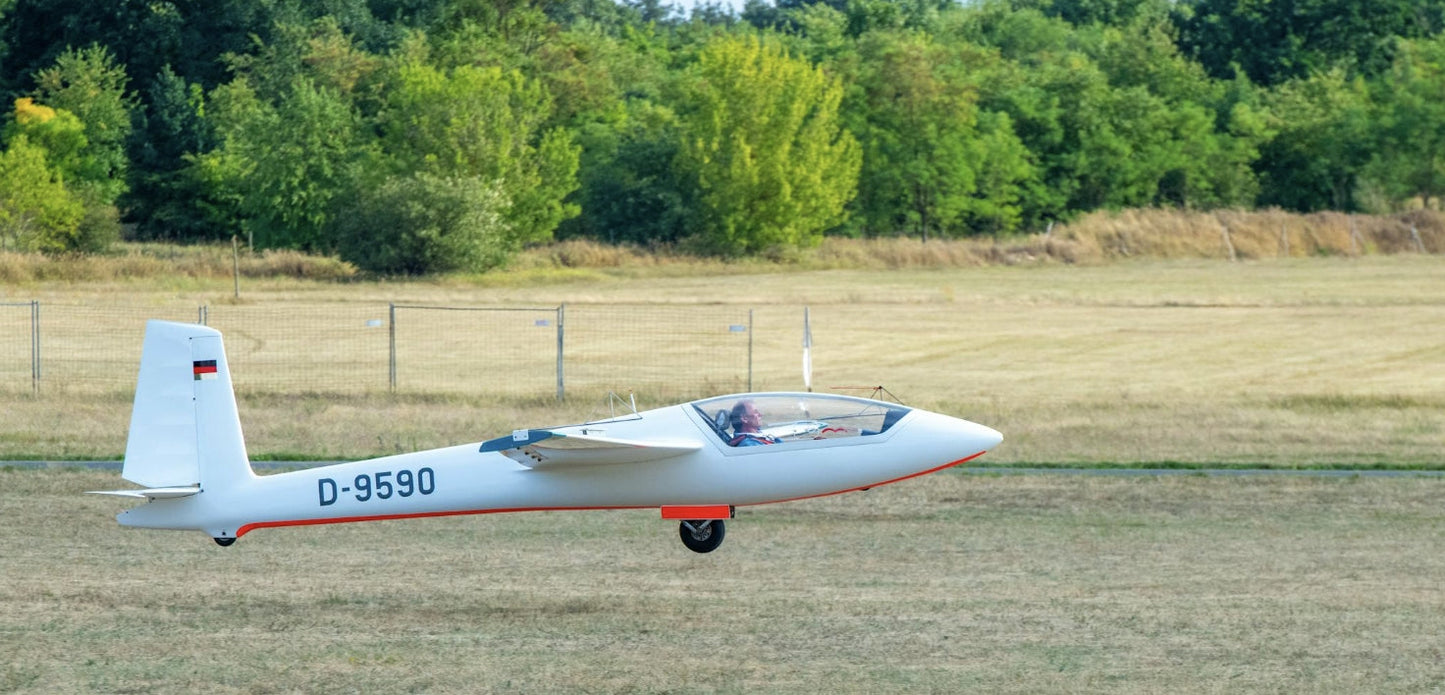
Kore Aviation - What is the 3 to 1 rule for pilots? It’s one of the simplest and most useful rules in aviation. Known as the 3:1 descent rule, this basic math formula helps pilots plan when to start descending so they reach their target altitude smoothly, safely, and efficiently.
The beauty of the 3 to 1 rule lies in its ease of use. You don’t need a calculator or a flight management system. Just a little multiplication, and you’ve got a descent strategy that works in most general aviation and commercial flying situations.
In this article, we’ll break down how the rule works, when to use it, and how student pilots can master descent planning from day one.
Why Descent Planning Matters
Descending isn’t just about getting lower. It’s about arriving at the correct altitude at the right place and time. Poor descent planning leads to rushed approaches, excessive speed, and missed clearances.
Using the 3 to 1 rule ensures:
- Smoother transitions from cruise to approach
- Better fuel efficiency
- Safer terrain clearance
- Less workload during critical flight phases
Whether you're flying a Cessna 172 or a jet, this rule can guide you.
Understanding the 3 to 1 Rule
The 3 to 1 rule says you need 3 nautical miles (NM) of horizontal distance for every 1,000 feet of altitude you plan to lose.
Simple Formula:
Altitude to lose ÷ 1,000 × 3 = Distance needed to descend
Example:
If you’re at 10,000 feet and need to descend to sea level:
10,000 ÷ 1,000 = 10
10 × 3 = 30 NM
So, you should begin your descent 30 nautical miles before your destination airport or desired altitude crossing.
Also read Part 61 vs 141: What Is the Difference in Pilot Training?
4 Reasons Pilots Love the 3 to 1 Rule
-
It works in any aircraft
Whether piston or turbine, the rule applies. -
No tech needed
Perfect for VFR or if your autopilot isn’t calculating descent paths. -
It builds time awareness
You know when to reduce throttle, descend gently, and manage airspeed. -
Reduces ATC corrections
Well-planned descents avoid last-minute changes from controllers.
Adjusting for Ground Speed
While the 3 to 1 rule helps with distance, adding your ground speed into the mix refines your vertical speed (V/S) target.
Quick Ground Speed Descent Rate Formula:
Ground speed × 5 = feet per minute (FPM) descent rate
Example:
At 120 knots:
120 × 5 = 600 FPM
So, if you're 30 NM out, descending from 10,000 feet, aim for 600 feet per minute.
Common Mistakes Using the 3 to 1 Rule
-
Forgetting to account for winds
A strong headwind means slower ground speed. Begin descent earlier to avoid steep angles. -
Ignoring altitude crossing restrictions
If ATC gives a “be at 3,000 feet 10 miles before the airport,” plug that into your plan early. -
Not reducing power properly
Start reducing throttle before initiating descent to keep airspeed controlled.
How Student Pilots Learn the 3 to 1 Rule
Many CFIs introduce this rule during cross-country training or approach planning. It’s a key skill that helps students develop situational awareness and confidence.
At first, students may need a kneeboard note or app. Over time, mental math becomes second nature.
Want a headset that lets you hear every callout and stay focused during descent planning?
Check out the Kore Aviation blog guide on choosing your first aviation headset.
How the Rule Helps in Real Life
Imagine you're approaching an airport with terrain nearby. You’re flying at 9,000 feet and need to be at pattern altitude (1,500 feet) in time to enter downwind.
Altitude to lose: 7,500 feet
7.5 × 3 = 22.5 NM
Now add a few extra miles if descending gradually or with passengers. Start descent about 25 NM out. You’ll glide into position with less stress and more time for traffic spotting.
FAQs: What Is the 3 to 1 Rule for Pilots?
-
Is the 3 to 1 rule required by regulations?
No, but it's a widely accepted guideline used by pilots and CFIs across aviation types. -
Can I use it during instrument flight?
Yes. It’s very helpful for planning descents to fixes or approach altitudes. -
How do I adjust it for faster aircraft?
Use the same base formula but calculate your vertical speed based on current ground speed. -
What happens if I descend too early?
You might fly lower than needed, which can affect fuel efficiency and terrain clearance. Plan it right. -
Can I use this rule on VFR flights?
Absolutely. It’s just as useful when flying visually to plan smoother approaches. -
How do student pilots practice this?
Instructors introduce it during nav training. It becomes essential knowledge before check ride prep.
Final Thoughts
So, what is the 3 to 1 rule for pilots? It’s a smart, simple way to plan your descents for efficiency, safety, and comfort. With just a bit of math, you’ll fly like a pro, even as a student. Learning this rule early sets the stage for smoother approaches and better energy management.
Want to improve your in-flight focus and hear instructions clearly? Choose Kore Aviation for the best student pilot headset, trusted by instructors and beginners alike.
